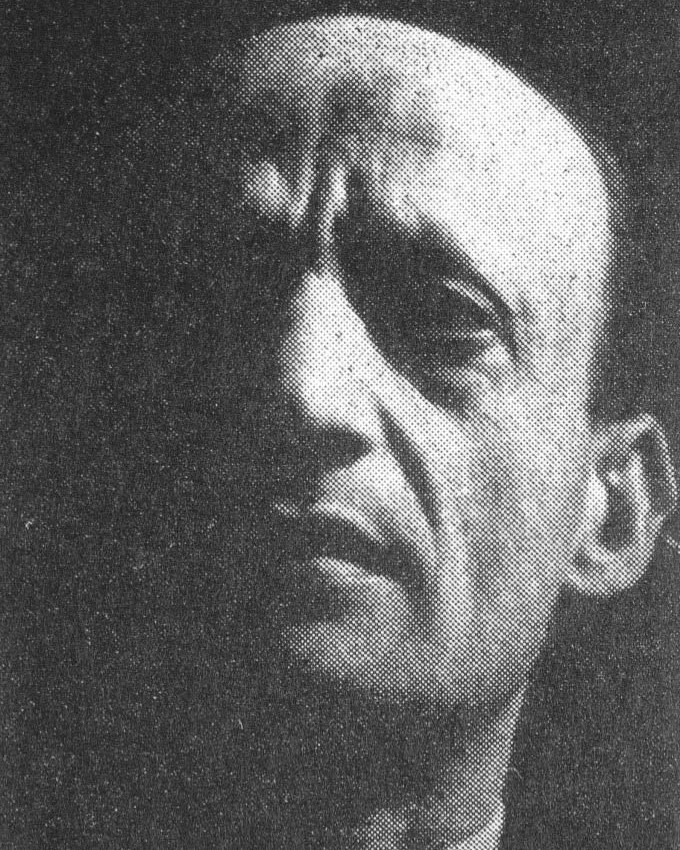Georges MERKEL
Январь 3, 2019Grégoire MICHONZE
Январь 3, 2019Бела МеШОЛИ
БУДАПЕШТ 1889 – ДЕПОРТИРОВАН В 1942 Г.
Бела Мешоли потерял отца в возрасте десяти лет. Его мать, оставшаяся одна с десятью детьми, хотела, чтобы Бела пошёл работать по административной части. Но молодой человек мечтал стать художником, и его учитель рисования поддерживал его. В восемна- дцать лет Мешоли отправился изучать живопись в Академию изобразительных искусств Мюнхена.
В 1912 году он впервые выставил свои работы в Будапеште. В начале Первой мировой войны он записался в австрийскую армию, был ранен и покинул фронт. В период между двумя войнами Бела путешествовал по Европе и в итоге обосновался в Париже в квартале Бельвиль. Его работы выставлялись в Ницце, Лондоне, Амстердаме, Праге и Париже. 28 сентября 1942 года Бела Мешоли был депорти- рован эшелоном №38. Убит нацистами.
Stories of Jewish Artists of the School of Paris 1905-1939
FRENCH-ENGLISH
Capitale des arts, le Paris des années 1905-1939 attire les artistes du monde entier. De cette période de foisonnement, un terme est resté, celui d'Ecole de Paris, qui recouvre une grande diversité d'expression artistique. Dans ce brassage dont Montparnasse est le creuset, un groupe se distingue : celui des artistes juifs venus de Russie, de Pologne et d'Europe centrale. Si leurs styles sont variés, un destin commun les rassemble : ils fuient l'antisémitisme de leur pays d'origine. Certains ont connu la célébrité dès les années 1920, tels Soutine, Lipchitz ou Chagall. D'autres n'ont pas eu le temps ou la chance d'y accéder. Près de la moitié a péri dans les camps de concentration nazis.
From 1905 to 1939, Paris attracted artists from all over the globe as the capital of the art world. This period of artistic proliferation became known as the School of Paris, and includes a great diversity of artistic expression. Within the teeming art world centred on Montparnasse, one group set itself apart: Jewish artists from Russia, Poland, and Central Europe. Although their styles were diverse, they shared the common fate of fleeing anti-Semitic persecutions in their home countries. Some became famous in the 1920s, such as Soutine, Lipchitz, and Chagall, while others did not have the time or the luck to gain renown. Nearly half of these artists died in Nazi concentration camps.





